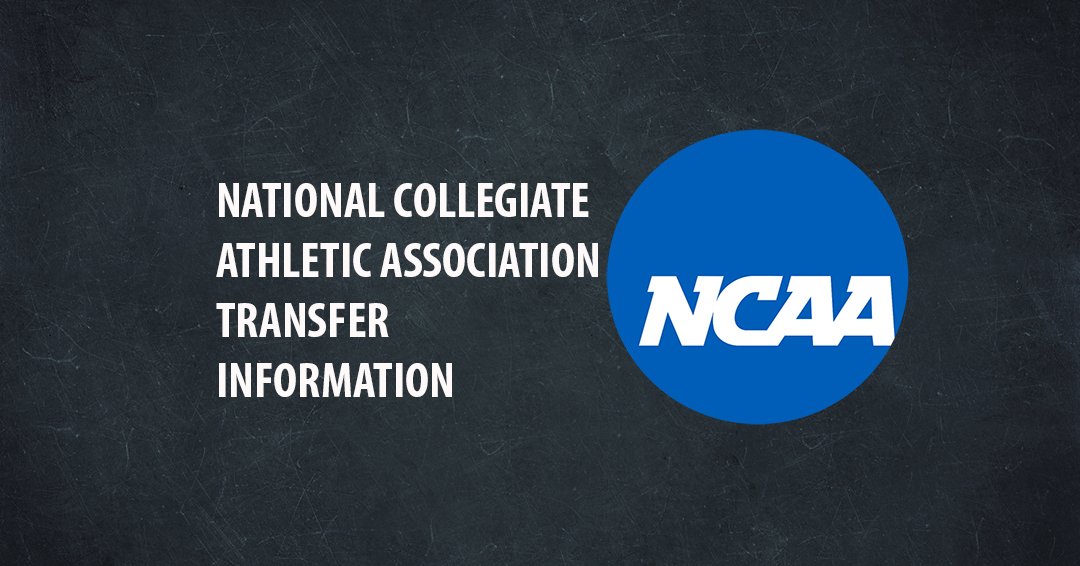INDIANAPOLIS, Ind. — The decision to transfer to another school is an important and often difficult one in a college career. Before you act, do your homework. Make sure you understand how transferring will affect you, so you don’t negatively impact your education or your chances to play college sports.
The National Collegiate Athletic Association (NCAA) would like to help make the transition to your next school a smooth one so you may continue your education and, at the same time, continue to participate in your sport. But you have a responsibility in this process as well. You need to learn as much as you can to protect your own eligibility.
Steps to Take Before You Transfer
- Decide which school is right for you. Your new school should help you satisfy both your academic and athletic goals. Not sure where you want to go? Click here to explore all NCAA schools by division, sport and conference.
- Learn the transfer and eligibility rules for the NCAA and the new conference and school you plan to join. When you begin to think about going to a new school, understand that the rules are different depending on whether you want to transfer to an NCAA Division I, II or III school, and whether you are currently enrolled at a two-year or a four-year school. In some cases, conference rules can be more restrictive than NCAA rules.
- Apply to be admitted to the school you want to attend.
- Download the Two-Year Transfer Guide
- Two-Year Transfer Best Practices Flyer
- Download the Four-Year Transfer Guide
- Division I One-Time Transfer Exception
When Can I Compete?
There are several aspects of your college experience that determine when you may compete after transferring. Depending on your college experience, you may be able to compete as soon as you transfer or you might have to be enrolled full time for one academic year at your new school before competing. This time is called an academic year in residence and is designed to allow you to become comfortable in your new environment. You will need to work with the compliance office at your new institution to determine when you will be eligible to compete.
Division I and Division II Notification of Transfer Information
Learn about the transfer process from the time you inform your current school of your intentions, the Transfer Portal, finding your new school, and the financial implications of athletics aid.
Division I 2-4 Transfers Flowchart
You plan to attend a Division I school. You have never attended a four-year school full time.
Division I 4-2-4 Transfers Flowchart
You plan to attend a Division I school. You attended a four-year school full time and now attend a two-year school full time.
Division II 2-4 Transfers Flowchart
You plan to attend a Division II school. You have never attended a four-year school full time.
Division II 4-2-4 Transfers Flowchart
You plan to attend a Division II school. You attended a four-year school full time and now attend a two-year school full time.
Division III 2-4 and 4-2-4 Transfer Flowcharts
You plan to attend a Division III school.
Talk the Talk
Throughout the transfer process, it is likely that you will be introduced to a number of terms that you have not yet heard in your college experience. Both your current and future schools will use terminology specific to the process as it relates to you, the student, the school, initial eligibility and timelines related to eligibility, the transfer process, and any exceptions, including whether or not you can compete right away at your new school. This is a process that will take a lot of your time, so make sure you take the time to understand important transfer terms that will help you find your new home. Learn More…
Questions?
If you have general questions related to the NCAA, please review the NCAA’s most frequently asked questions or contact the NCAA legislative team at 317-917-6008.
Release courtesy National Collegiate Athletic Association (NCAA)




